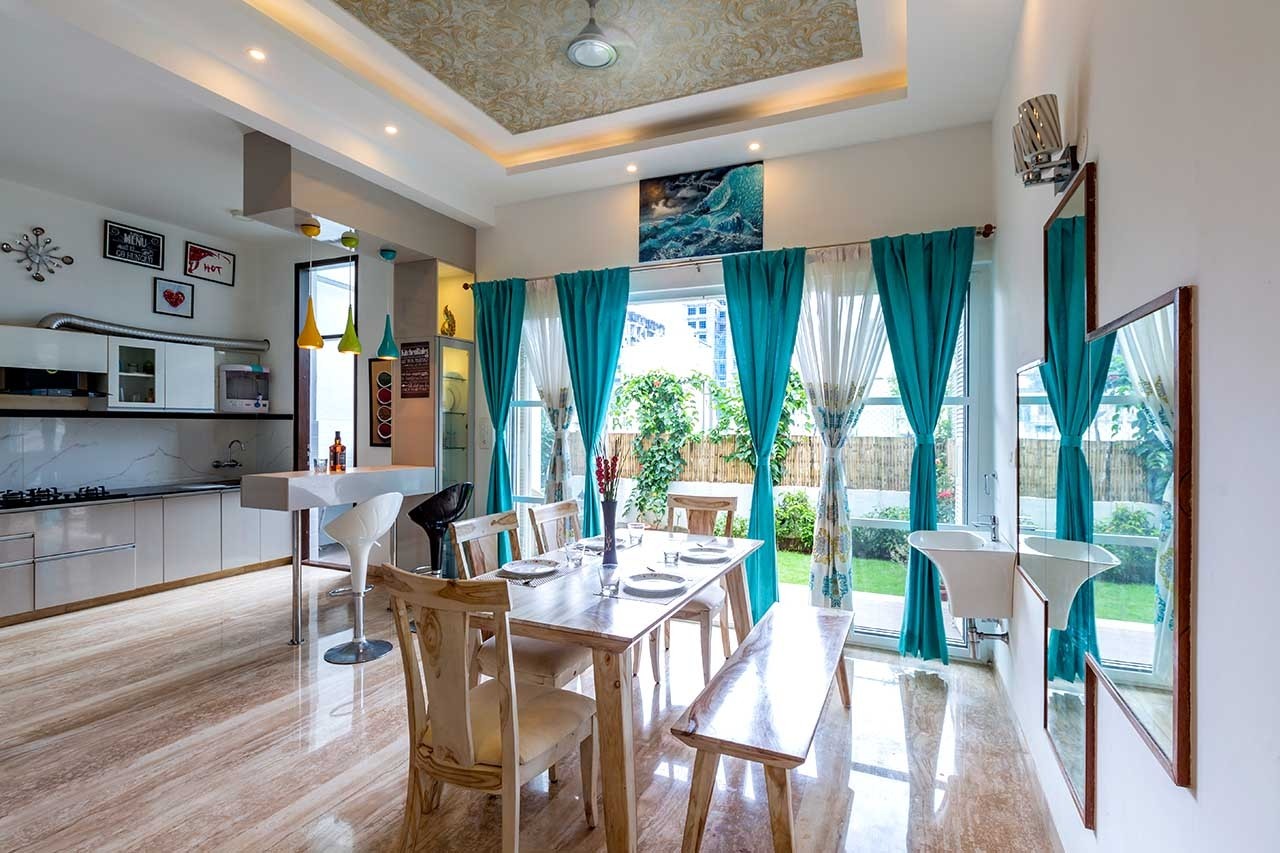Introduction
Scandinavian design has been gaining popularity over the years, especially in the interior design space. With its minimalistic yet functional approach, it has captivated many people’s hearts. This article will delve deeper into the Scandinavian interior house design, exploring its history, key features, and how to incorporate it into your own home.
History of Scandinavian Design
Scandinavian design started back in the 1930s, when a group of designers came together to promote a new modern style that could rival the more traditional designs of the time. They aimed to combine form and function, creating designs that were not only aesthetically pleasing but also practical. This movement quickly gained popularity and has since then continued to influence the world of design.
Key Features of Scandinavian Interior House Design
The Scandinavian interior house design is known for its minimalist approach, with a focus on functionality and practicality. The key features of this design style include:
- Neutral color palette: The color scheme is often white, grey, or beige, creating a calm and peaceful environment in the home.
- Natural materials: Materials such as wood, leather, and wool are used extensively in Scandinavian design, adding warmth and texture to the space.
- Simple furniture: Furniture pieces are often clean-lined and understated, with a focus on practicality and functionality.
- Lots of natural light: This design style emphasizes the use of natural light, with large windows and minimal use of curtains.
- Unique textiles and accessories: Adding a pop of color and pattern to the space through textiles and accessories is a common feature of Scandinavian design.
Incorporating Scandinavian Design into Your Home
If you’re looking to incorporate Scandinavian design into your home, here are some tips to keep in mind:
- Start with a neutral color palette: Use whites, greys, and beige as your base colors.
- Invest in natural materials: Choose furniture pieces made of wood or leather, and decorate with wool throws and rugs.
- Simplify your furniture: Choose furniture pieces that are simple and clean-lined, with a focus on functionality.
- Maximize natural light: Remove heavy curtains and let as much natural light in as possible.
- Add color through textiles and accessories: Choose unique textiles like patterned throw pillows and rugs to add a pop of color to your space.

